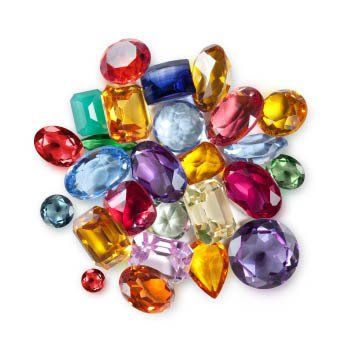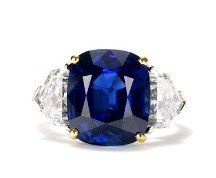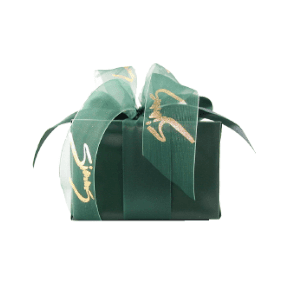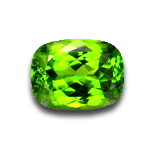About Cuts & Shapes
What is "ideal cut"?
The expression "ideal cut" is used commonly, but there's considerable debate over exactly what it means. A diamond that is "ideally" cut should display the perfect balance of "brilliance" (white light return), "fire" (spectral colors) and "sparkle" (tiny reflections when the diamond is moved). However, some people prefer more brilliance and some, more fire. As a result, defining "perfect balance" presents a problem. Also, there are many more factors influencing a diamond's optical effects than previously thought.
About 100 years ago, two gentlemen independently determined what they felt were the ideal proportions for a round brilliant diamond. Henry Morse, a diamond cutter, and Marcel Tolkowsky, a mathematician, came up with very similar results. As significant as these accomplishments were, these men did not have today's technology at their disposal. Therefore, their findings were incomplete.
Even today, universal agreement can not be reached on the ideal set of proportions for a round brilliant stone, let alone all of the fancy shapes and faceting styles listed above. It's very possible, as the Gemological Institute of America contends, that different combinations of proportions could produce similarly appealing diamonds.


About Cuts & Shapes
What is "ideal cut"?
The expression "ideal cut" is used commonly, but there's considerable debate over exactly what it means. A diamond that is "ideally" cut should display the perfect balance of "brilliance" (white light return), "fire" (spectral colors) and "sparkle" (tiny reflections when the diamond is moved). However, some people prefer more brilliance and some, more fire. As a result, defining "perfect balance" presents a problem. Also, there are many more factors influencing a diamond's optical effects than previously thought.
About 100 years ago, two gentlemen independently determined what they felt were the ideal proportions for a round brilliant diamond. Henry Morse, a diamond cutter, and Marcel Tolkowsky, a mathematician, came up with very similar results. As significant as these accomplishments were, these men did not have today's technology at their disposal. Therefore, their findings were incomplete.
Even today, universal agreement can not be reached on the ideal set of proportions for a round brilliant stone, let alone all of the fancy shapes and faceting styles listed above. It's very possible, as the Gemological Institute of America contends, that different combinations of proportions could produce similarly appealing diamonds.

About Cuts & Shapes
What is "ideal cut"?
The expression "ideal cut" is used commonly, but there's considerable debate over exactly what it means. A diamond that is "ideally" cut should display the perfect balance of "brilliance" (white light return), "fire" (spectral colors) and "sparkle" (tiny reflections when the diamond is moved). However, some people prefer more brilliance and some, more fire. As a result, defining "perfect balance" presents a problem. Also, there are many more factors influencing a diamond's optical effects than previously thought.
About 100 years ago, two gentlemen independently determined what they felt were the ideal proportions for a round brilliant diamond. Henry Morse, a diamond cutter, and Marcel Tolkowsky, a mathematician, came up with very similar results. As significant as these accomplishments were, these men did not have today's technology at their disposal. Therefore, their findings were incomplete.
Even today, universal agreement can not be reached on the ideal set of proportions for a round brilliant stone, let alone all of the fancy shapes and faceting styles listed above. It's very possible, as the Gemological Institute of America contends, that different combinations of proportions could produce similarly appealing diamonds.





